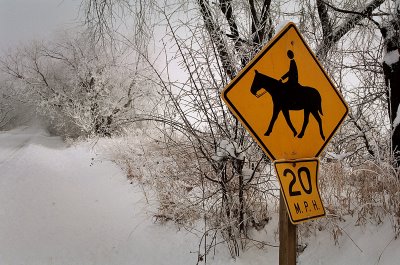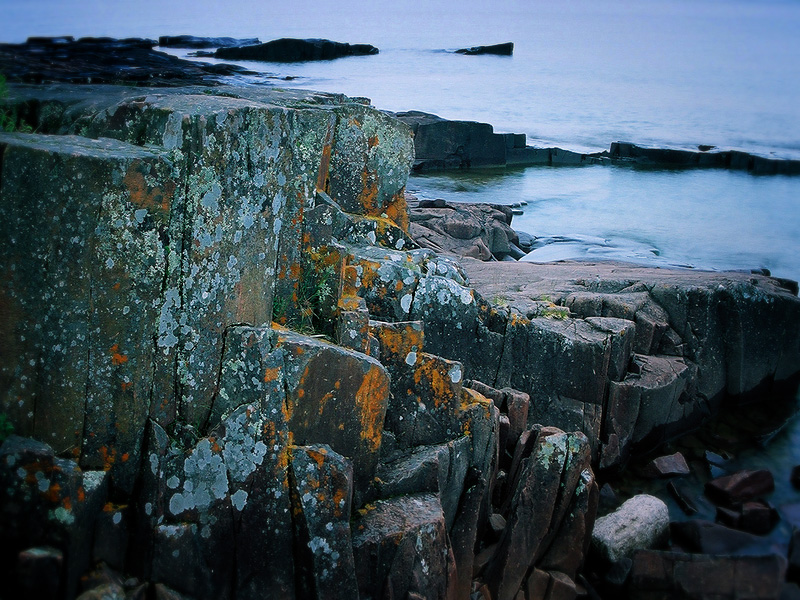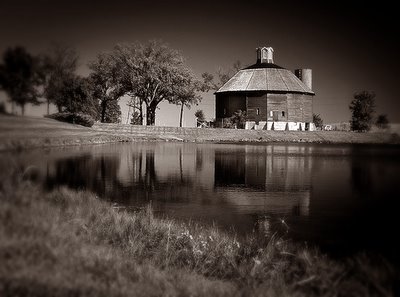 Happy Groundhog Day.
Happy Groundhog Day. If you happen to live in the northern hemisphere, welcome to the midway point of winter. Six weeks ago was the first day of winter. Six weeks from today is the first day of spring. It can seem like it’s been winter forever and it’ll be another eternity before spring shows up.
Long, long ago people began to take to wishful thinking that perhaps if the groundhog saw no shadow on this day the seemingly

interminable winter would get over with more quickly. Call it the Phil Connors syndrome.
Bill Murray’s character in
Groundhog Day finds himself on this midpoint of days stuck in a time loop that seemingly destines him to repeat the same day over and over again. It’s a sadistic variation of “same stuff, different day.” Only it’s “same stuff, same day, every day.”
At first, Phil tries to manipulate his circumstances and the people around him to somehow break the grasp of this endless string of days. When he comes to the conclusion that he cannot change his situation, Phil turns to hedonism. When that strategy fails to satisfy, Phil repeatedly kills himself, only to be awakened by his alarm clock to the same day all over again. However, Phil eventually realizes that he does possess the power to change one thing –
himself. Having come to this realization, Phil begins to live selflessly and eventually breaks free of the time loop.
The lesson here? Live selflessly. Give of yourself. If anything can make the seemingly endless passage of winter days seem shorter, to both you and those around you, this might be it.
Click on pictures to enlarge. Horse crossing sign © 2006 James Jordan.
Groundhog Day
 Serving twice: Twigs and leaves form geometric patterns above and below the frozen surface of a small creek. Conduits of nourishment for the trees along the bank when the weather was warm and the land was green, they will decay and provide nourishment for the roots of those same trees when they are released from the icy grasp which holds them fast.
Serving twice: Twigs and leaves form geometric patterns above and below the frozen surface of a small creek. Conduits of nourishment for the trees along the bank when the weather was warm and the land was green, they will decay and provide nourishment for the roots of those same trees when they are released from the icy grasp which holds them fast.





























